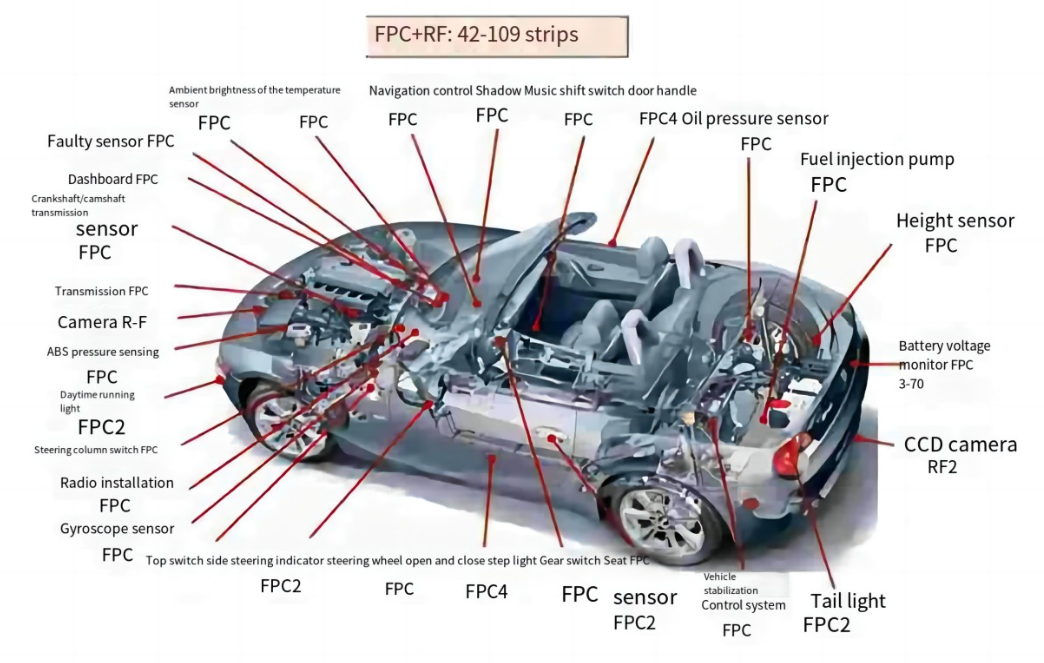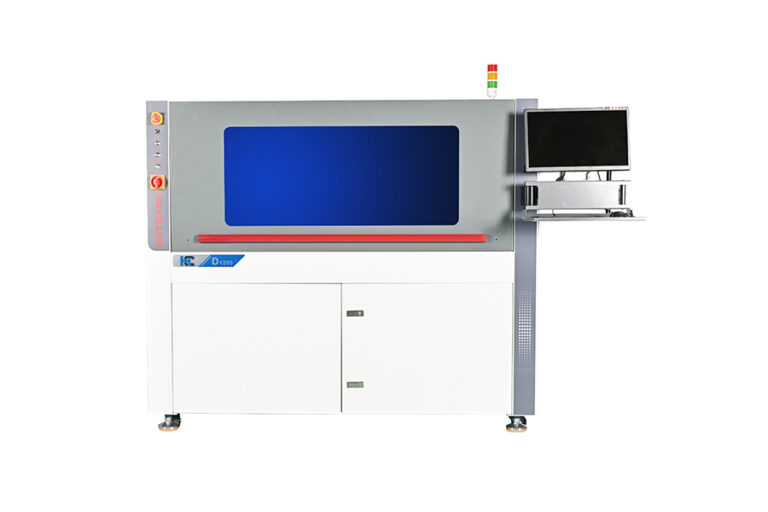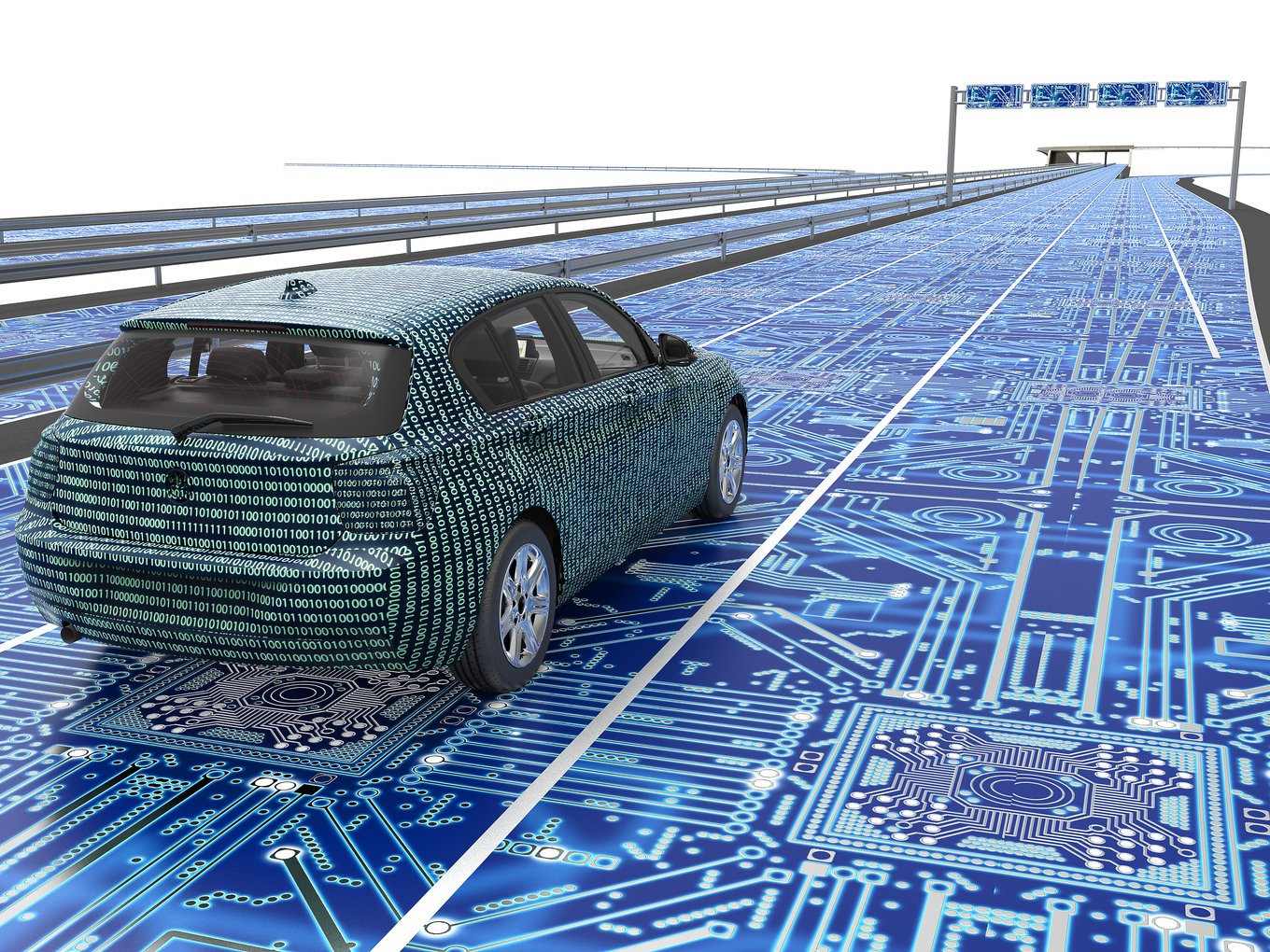Índice
AlternarI. Industry Analysis(Why we need dispensing machine in production)

II. What is CCS
![High - Precision Dispensing Machine Solution for Post - processing of CCS in EV Power Batteries 4 Teardown image of [product/model name] electronic module. Displays orange FPC interconnecting metallic cell - like components, critical for understanding internal design, component sourcing, and assembly process optimization.](https://haichensmt.com/wp-content/uploads/2025/06/CCS-1024x468.png)
CCS Dispensing Solution (Existing Case):

CCS Dispensing Solution
- UV Glue
Mainly applied to nickel sheets on FPC to reinforce and protect soldering points. - Yellow Glue
Used for fixing electronic components such as inductors, coils, transformers, electrolytic capacitors, and receivers, providing protection and sealing for electronic parts. In CCS, it is applied for encapsulation of electrical components, high-voltage parts, and moisture-proof coating of battery FPC. - Thermal Conductive Silicone
Designed to fill gaps between heat-generating components and cooling devices, expanding their contact area to enhance thermal conductivity. This effectively dissipates heat from electronic components during operation. In CCS, it serves as a thermal interface material between heat sources (power transistors, thyristors, heating elements, etc.) and cooling facilities (heat sinks, cooling strips, housings, etc.), improving heat dissipation efficiency. - Silicone Adhesive/Sealant
Suitable for encapsulation, insulation, and flame retardancy in electronic modules, sensors, and components, as well as bonding/fixing electronic parts and insulating between components.

Overview:
HaichenSMTs HC-D1200S Series Dispensing & Filling System excels in precision and high-speed applications, featuring both contact and non-contact quantitative dispensing methods. It ensures uniform glue output and clean cutoff, eliminating defects such as stringing, uneven adhesive volume, and component damage. This system significantly enhances productivity and product quality. Equipped with versatile functional modules, it offers flexible applications and stands as the premier choice for precision dispensing and filling tasks.
Applications:
Underfill
FPC Encapsulation
FPC Connector & Nickel Sheet Dispensing
SMT Red Glue Dispensing
LED Encapsulation
Component Encapsulation
Solder Paste Dispensing
Red/Black Glue Dispensing
Narrow-Pitch Screen Inkjet Printing
Semiconductor Packaging
Wafer Fixation
Work Process:Board Loading→Conveyor to Work Area→Board Positioning→Visual Alignment→Photography→Laser Height Measurement→Dispensing Operation→Board Unloading

